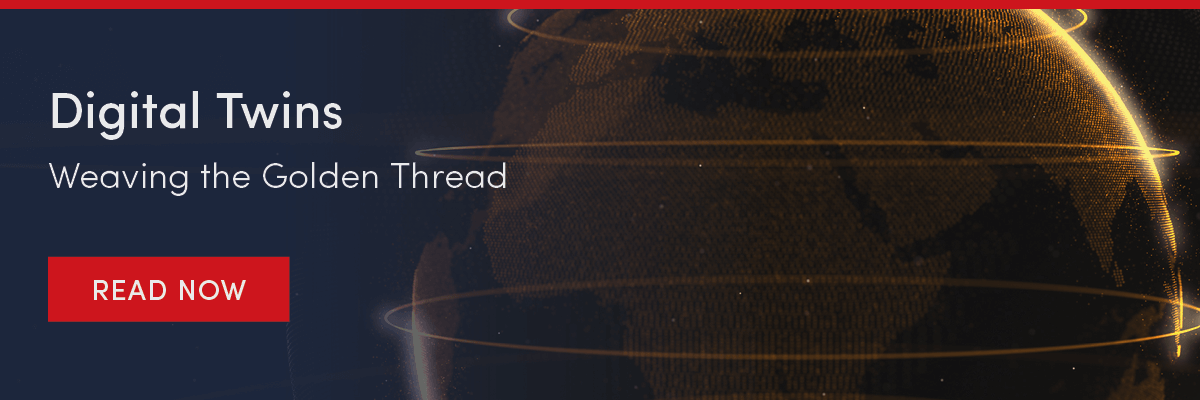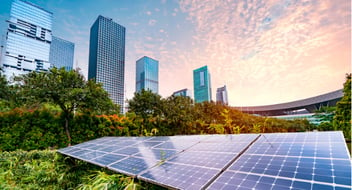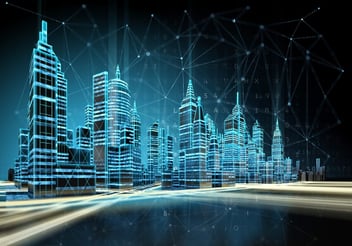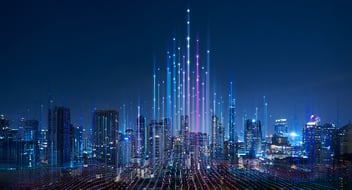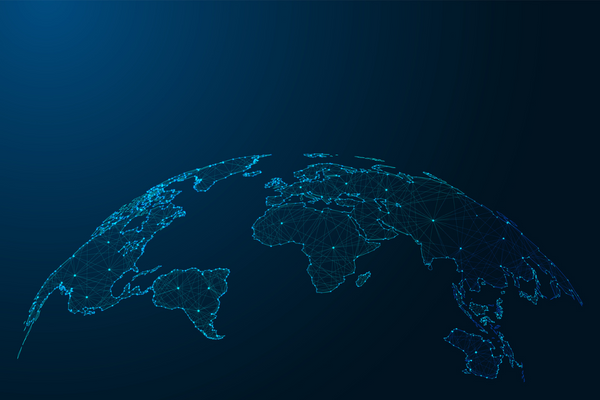
Each year, the Conference of the Parties (COP)—the group of nations that have signed the UN Framework Convention on Climate Change (UNFCCC)—meets to discuss how they can build on their commitment to act together to stabilize greenhouse gas concentrations.
Its commitment is to keep them “at a level that would prevent dangerous anthropogenic (human-induced) interference with the climate system.”
This year’s conference is taking place in the Egyptian city of Sharm El-Sheikh on 6-18 November. COP27 will tackle the issues of nature, food, water, industry decarbonization, and climate adaptation.
According to the U.S. Green Building Council, one of the focuses of COP27 will be on solutions for adaptation. A specific focus will be on “how we scale the solutions required to meet our growing food demand, address water scarcity, and build climate-resilient cities and infrastructure.”
Given the construction industry’s role as one of the biggest carbon emitters, there have long been calls for it to curb its emissions and become a more climate-friendly industry. This was made abundantly clear at COP26, held in Glasgow, Scotland, last November.
At COP 26, the first conference since the Paris Agreement of COP21, the fundamental role the built environment plays in slowing the pace of climate change was made abundantly clear. Roland Hunziker, director of sustainable buildings and cities at the World Business Council for Sustainable Development (WBCSD), even went as far as calling the built environment the “sleeping giant” of carbon emissions.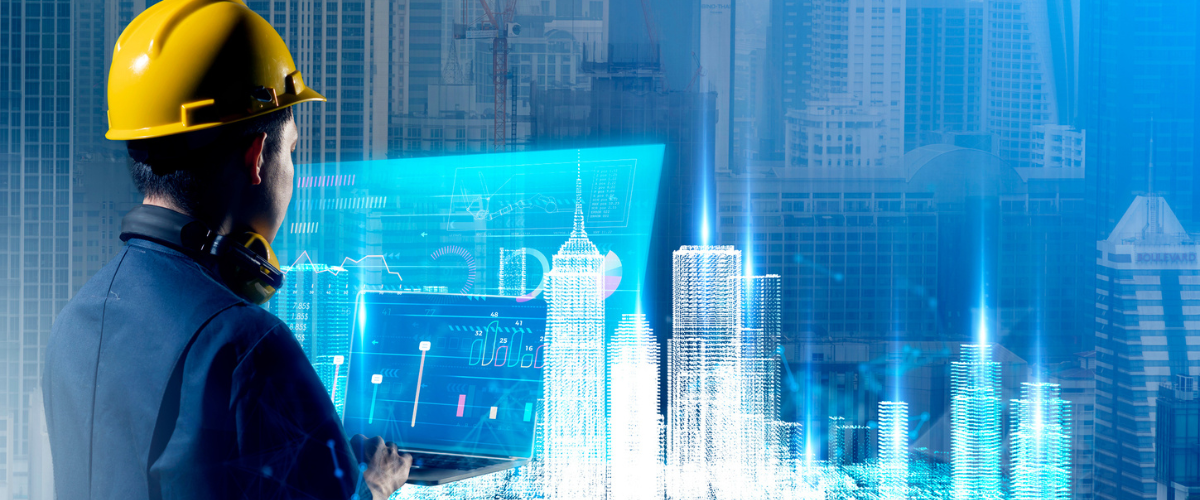
Answering the Call From COP
While commitments were made to boost decarbonization efforts, one technology kept coming up to mitigate the crisis.
So, what is a digital twin?
A digital twin is an exact digital replica of a physical asset.
Imagine a building, bridge, airport, or even an entire city. Now imagine that asset being created digitally in the cloud.
Digital twins integrate data from several sources, allowing them to understand real-world conditions, such as energy flows, environmental conditions, and the makeup of materials, as noted by Integrated Environmental Solutions, the leading global innovator of sustainable analysis technology.
The trend of digital twins isn’t exactly new. In 2021, Accenture—the information technology (IT) services and consulting company—identified digital twins as one of the leading tech trends driving businesses.
By 2027, the worldwide digital twin market is set to be worth $73.5 billion, according to a Markets & Markets report.
While you may think this innovative new tech is just for modern new builds, you’d be wrong. The oldest building can stand to benefit from the tech. How? Digital twins can be created either during the asset lifecycle—from design to build to operation—or retrospectively—by monitoring real-time data from built assets to develop a calibrated model.
Once created, the tech can monitor operations, evaluate conditions, and alert to deterioration. This improves decision-making, tracks progress, reduces risk, and provides enhanced insights.
Combating the Climate Crisis
How do digital twins excel? Optimization is a key driver when it comes to sustainability and efficiency.
Watch the video to see three ways digital twins can drive sustainability:
Bigger Than Just Buildings
While digital twins are big business in the construction industry, where they can help it banish its bad climate reputation, the tech is also being used in other fields to support sustainability on a broader scale.
Destination Earth (DestinE), a European Commission initiative, strives to develop a full “digital twin” of the Earth by 2030.
The highly accurate digital model will be used to monitor and predict the interaction between natural phenomena and human activities on Earth and is part of the European Commission’s Green Deal and Digital Strategy.
The desired outcome? The European Commission hopes its cutting-edge, digital doppelganger of the Earth will allow for better monitoring, modeling, and predicting natural disasters and climate change.
Ready to learn more about how digital twins can help combat the climate crisis and support the construction industry in meeting its decarbonization goals? Learn more here or download our free report, “Smart Retrofitting: The Key to Decarbonizing the Built Environment.”
2 minute read
Asite Insights in your inbox.
Sign up for product news and our latest insights published monthly. It's a newsletter so hot, even global warming can't keep up.
